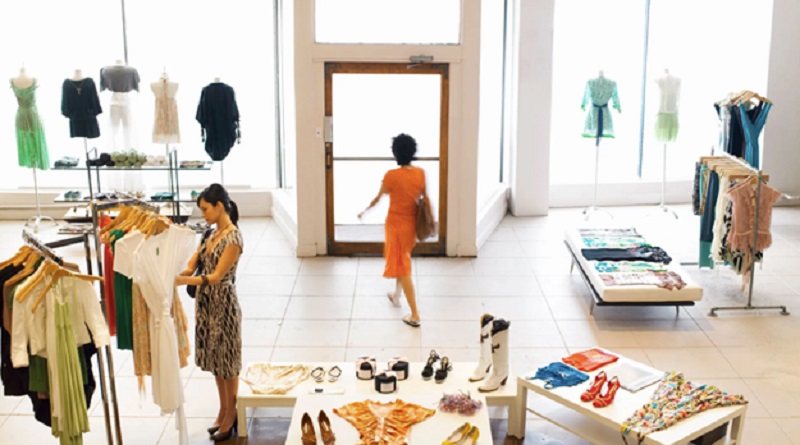Retail success begins with the right location. Whether it’s nestled in a high-traffic shopping strip, situated within a vibrant laneway precinct, or part of a growing suburban complex, your choice of premises can significantly shape your business’s performance. That’s why navigating the ins and outs of retail leasing in Melbourne isn’t just about signing a rental agreement—it’s about understanding your place within the city’s evolving commercial fabric.
Melbourne continues to prove itself as a city where commerce and culture intersect. With new developments emerging and foot traffic patterns constantly shifting, retailers have to pay close attention to not just where consumers are now, but where they’re likely to be in the coming years. Successful leasing involves more than square metre measurements; it requires foresight, planning, and local knowledge.
Key Considerations Before Entering a Lease Agreement
One of the most crucial steps in leasing retail space is reading the fine print. Many retail tenants find themselves entangled in leases that seemed simple on the surface but later revealed restrictions or obligations they hadn’t anticipated. Lease duration, rent increases, repair responsibilities, and exit clauses all need careful attention. Being aware of these terms before committing ensures that your lease supports your long-term business goals rather than undermining them.
In Melbourne, the leasing climate varies depending on location. Areas such as the central business district, inner-city suburbs, and rapidly developing outer zones each present distinct challenges and advantages. Those exploring retail leasing in Melbourne must weigh foot traffic against rental costs, consider proximity to competitors, and assess the accessibility for both customers and suppliers.
Matching Lease Terms with Business Objectives
Every business is unique, and so too should be its lease. A short-term lease might suit a pop-up or seasonal venture, while a long-term lease could better serve an established retailer seeking stability. Melbourne’s leasing landscape caters to both ends of the spectrum, though each comes with its own legal and operational implications.
Negotiation plays a vital role in shaping the lease to suit your needs. Don’t accept terms as fixed—many landlords are open to adjusting conditions if approached with clear reasoning. For example, requesting a rent-free period during fit-out, or including provisions that allow for subleasing, can make a considerable difference over time. A well-matched lease allows your business room to adapt and thrive rather than constraining its growth.
Staying Ahead of Market Shifts and Consumer Behaviour
Melbourne’s retail environment is in constant flux. As shopping habits evolve and consumer expectations shift, retailers must remain agile. Leasing arrangements that once felt advantageous may become restrictive if the neighbourhood changes, public transport access alters, or if online competition affects in-store sales.
That’s why those engaging with retail leasing in Melbourne must also consider future trends. Will the area see increased residential development? Is public infrastructure set to improve? Are surrounding businesses likely to bring in complementary foot traffic or competition? Thinking two or three steps ahead helps ensure that the space you lease today still suits your needs tomorrow.
The rise of experiential retail—where the focus is less on product and more on atmosphere and engagement—also influences what businesses need from their physical premises. Space flexibility, natural light, and amenities all contribute to creating the kind of in-store experience that modern shoppers expect.
Seeking the Right Professional Input at the Right Time
While many retailers are hands-on by nature, navigating lease agreements and understanding legal frameworks is often best left to those with the right expertise. From commercial lawyers to leasing consultants, tapping into local knowledge can make all the difference when it comes to understanding the full implications of your retail lease.
Melbourne’s property market, though promising, can be complex. Rules around retail tenancy vary across states, and knowing your rights and responsibilities under Victoria’s specific laws will protect you from unpleasant surprises. Having a trusted advisor to walk you through the negotiation process, review lease documents, or represent your interests ensures peace of mind and may even save money in the long run.
Conclusion: Strategic Retail Leasing Sets the Stage for Lasting Success
In a city known for its culture, creativity, and commerce, positioning your retail business in the right space is both an art and a science. By taking the time to explore your options, understand the market, and align lease terms with your vision, you set the stage for meaningful and sustainable success.
For businesses seeking long-term growth and customer engagement, retail leasing in Melbourne represents more than a transaction, it’s an opportunity to establish a physical presence in one of Australia’s most vibrant urban environments. With thoughtful planning and a clear understanding of what you need from your retail space, your lease can become one of your greatest assets rather than a hidden liability.

